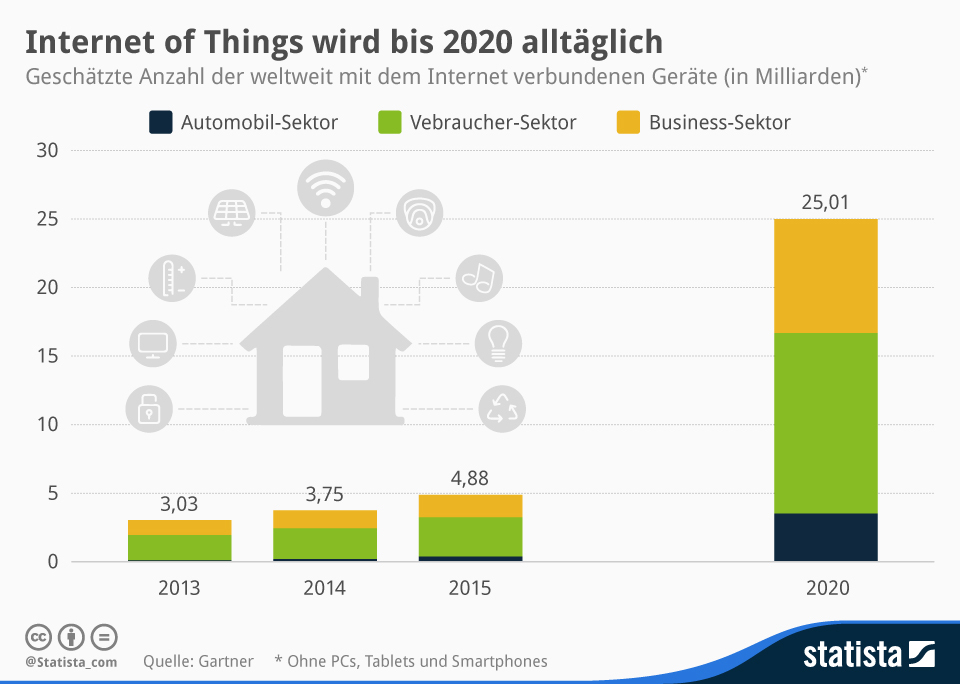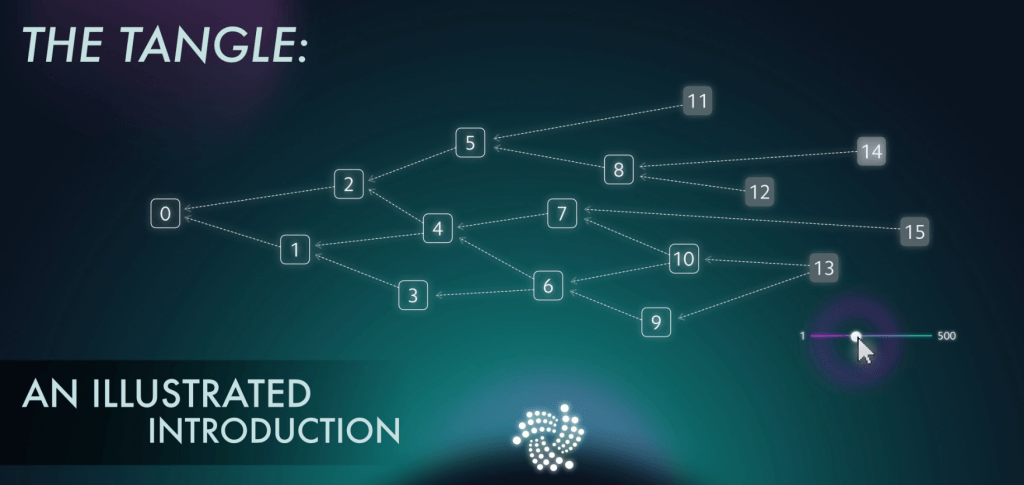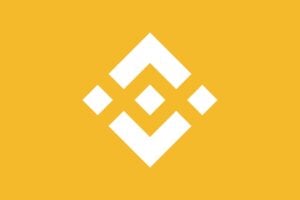IOATA (starting in 2016) with the associated crypto coins MIOTA is predicted to have a bright future. The idea behind it is simple: MIOTA sees itself as a secure and high-performance communication and payment medium for the Internet of Things (IOT). (Internet of things: Technologies for a global infrastructure that strives to network, communicate and cooperate physical / real and virtual / digital objects with each other). According to studies, more and more devices in our environment are becoming smart and can connect to the Internet. If you think of the car, for example: There are not only luxury new cars, but also small cars online. The increasing automation also contributes to the fact that networking requires ways and means for these devices to communicate (with each other). This is where IOTA comes in.

The vision of IOTA: To enable all transactions between devices in the Internet of Things.
It also differs technologically. Instead of the “classic” blockchain, the system uses Tangle. This is to be able to scale better and further improve the speed. The company has focused on collaboration with consortia and established large companies from the start. These include the German technology group Bosch, the world’s largest automobile manufacturer Volkswagen and the Japanese global corporation Fujitsu. With these partnerships, the focus is on economic viability and meaningfulness from the start. So that the use cases, in contrast to some other cryptocurrencies, are always real.
How Does IOTA Work?
As already mentioned, this cryptocurrency is not based on a classic blockchain, as is the case with Bitcoin, but on a different, albeit similar structure – with the name DAG (directed acyclic graph). This means: The countless nodes are connected to each other via paths. These paths each have only one direction (like a one-way street), analogous to an arrow. This is then a directed graph. If it is never possible to find a path made of arrows that returns to its starting point, the graph is acyclic, i.e. has no cyclic – circular – paths. Directed acyclic graphs are a generalization of the chain structure of a blockchain, so every blockchain is a very simple, chain-shaped DAG. This graph is called Tangle at IOTA, auf Deutsch also “Gewirr”. The most important point is that the nodes of the Tangle do not represent nodes in the network or blocks of a blockchain, but individual transactions. The functionality that is taken over by the blockchain in other systems comes here to the tangle of mutual transaction authentications. A user must authenticate at least two other transactions in order to be able to carry out a transaction. If a transaction collects a minimum amount of authentications in this way, it is considered verified and can be executed. In cryptographic terms, hash functions continue to form the basis for the authentication process.

The tangle is extremely scalable and even gets faster with increasing transactions and users. This is a prerequisite if devices exchange data with each other in near real time (very low latency).
Numerous Use Cases
The fact that there will be many use cases for IOTA in the future is obvious. Starting with the household, to mobility, healthcare and the car to public spaces in cities and communities. Experts therefore see IOTA as very future-proof.
More about IOTA: Official homepage
Participate in the future: Buy IOTA? This is possible, for example, via Bitpanda and Binance.



